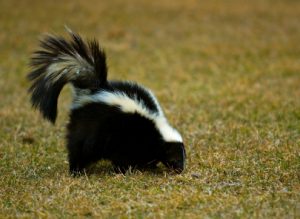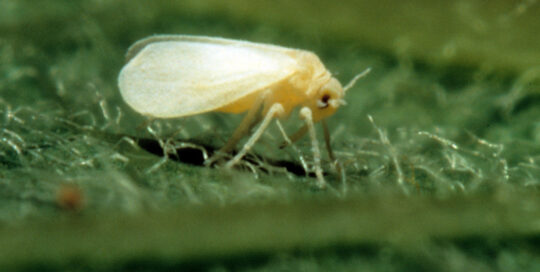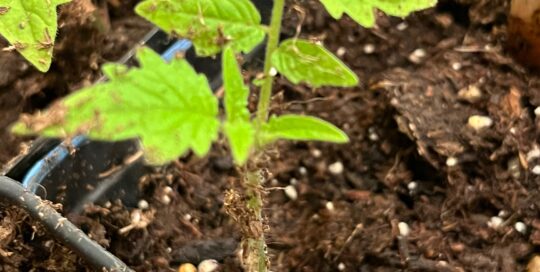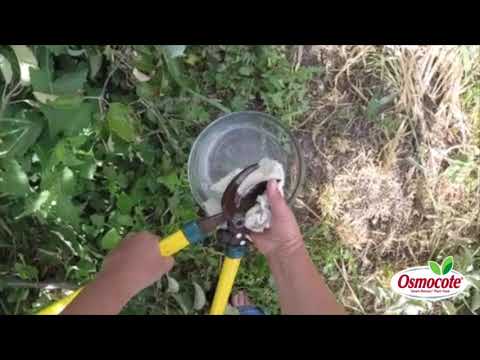Watching Out for Winter Lawn Damage
Views: 3484

At this time of the year the lawn and garden are pretty much buttoned up for the season. There’s not a lot to do. Although you do want to stay on top of how things look so you are ready to remedy any damage in the spring. Here are a few things to watch for winter lawn damage:
Grubs
My stepmother noticed areas of her lawn that were torn up. Most likely it’s from skunks going after the grubs that lie just below the surface. They’re a terrific source of protein during a critical point in the year. (Raccoons also turn into efficient, furry little rototillers in this situation, and I think, they’re even more destructive than skunks.)
While there isn’t much you can do to immediately rid yourself of the furry critters creating winter lawn damage, the best way to handle the problem is to remove the grubs. One of the most promising techniques is using beneficial nematodes. These are basically microscopic worms that enter an opening in the grub, then inject a bacterium that kills it. Once the grub is dead, the nematode takes up residence, using the body as food and perpetuating several generations.
The nematodes don’t harm plants, people, or kids, so it’s a good option. To apply nematodes, mix the powder in water, and then spray the affected area of the lawn. Do this when there are grubs for them to eat, which is typically the spring and fall in most areas.
Winter Lawn Damage: Vole Tunnels
I’ve been surprised during some years that when the snow melts during a mid-winter Chinook that there is a veritable expressway of tunnels in the yard. They can create a ton of winter lawn damage! It’s the voles using the cover to find their way to food. Once the yard is covered in snow, your landscape is their delight.
If you see you have issues, the best thing you can do is be proactive as far as protecting your plants and shrubs. Use chicken wire around trees and shrubs to prevent the voles from reaching the tender bark. Sharp mulch, like gravel or another type of rock, sometimes discourages them from burrowing up to the vegetation.
And using repellents, such as PlantSkydd (a product originating in Sweden that I love), for voles is often enough to keep them away from ornamental landscape.
Snow Mold
Snow mold is a fungus that thrives with the wet conditions of being buried under the snow during the winter because the snow acts as an insulator keeping it warm enough for the fungus to grow. It leaves unsightly dead patches in the turf.
Besides making sure your lawn is healthy going into the winter by applying the proper fertilizer at the end of the season (one without a heavy dose of nitrogen), keep the grass mowed to 3 inches (but no less than 2 inches) before heading into dormancy. Longer grass is more prone to the fungal disease.
Also, keep the leaves raked up. And, if you have areas that tend to drift deeply with snow, erect a snow fence to prevent the piles from staying there all winter. In the spring, rake and dethatch the yard well, and reseed dead areas.
If you’re experiencing a truly bad time with snow mold, you can apply a fungicide in the fall to prevent it, although cultural practices should take care of the issue.
So, you see, there’s a lot going on during the winter as far as what might be happening in your yard. But by knowing what to expect when the snow melts, you can gain a jump on the season and have a great looking yard in short order.
The photo is copyright Geoff Kuchera on iStock.com.
Meet Amy Grisak
Amy is a freelance author and photographer in Great Falls, MT who specializes in gardening, foods, and sustainable agriculture. She provides information on every kind…
Amy's Recent Posts

Watch Out for Silverleaf Whiteflies








